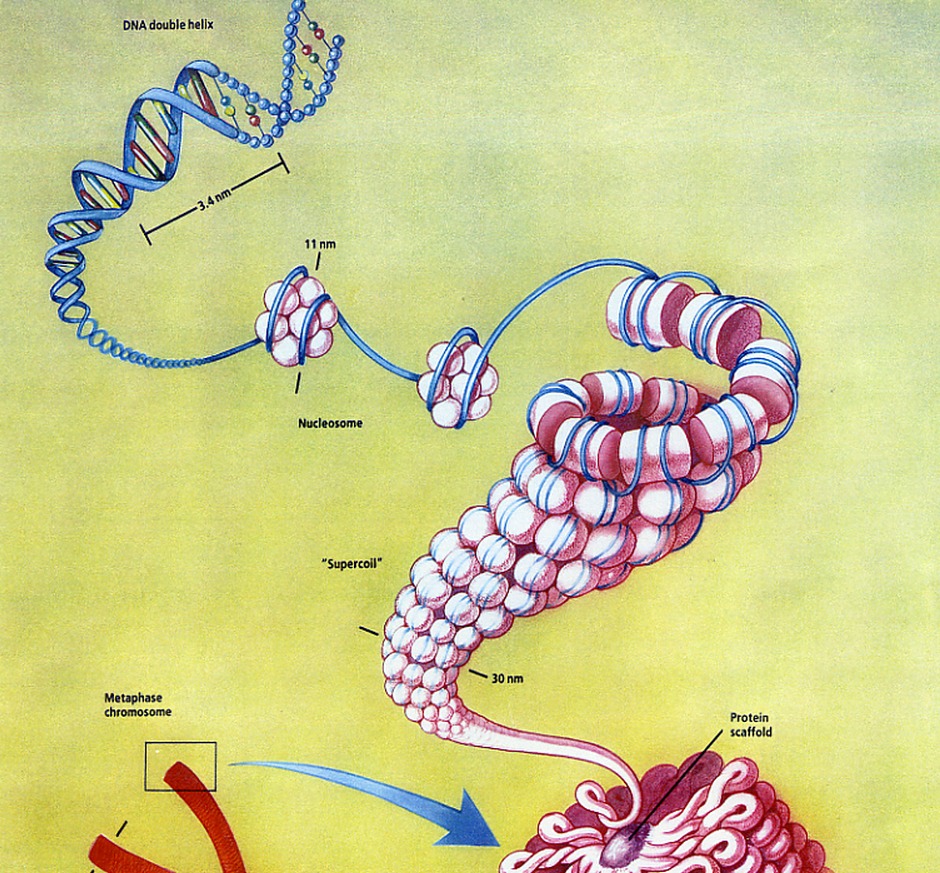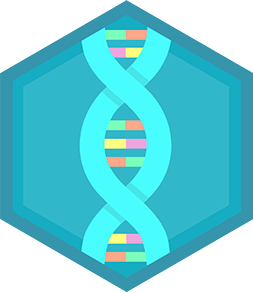Illustrate or animate a genetic process
Create a simple illustration or flipbook animation showing how DNA copies itself or how traits pass from parent to offspring, explaining each step clearly.



Step-by-step guide to illustrate or animate a genetic process (DNA replication or trait inheritance)
Grade 7 | Science | Reproduction in Plants | Free Tutorial | CBSE | ICSE | State Board
Step 1
Choose which process to show: DNA copying (replication) or how traits pass from parent to offspring and write that choice as the title at the top of your page.
Step 2
Choose your format: decide if you will make a single-page illustration with panels or a flipbook animation and write the format next to the title.
Step 3
Decide how many frames to use: pick 4 to 6 frames and either draw frame boxes on your paper or gather that many small sheets for a flipbook.
Step 4
Draw the starting picture for your first frame: if you chose DNA replication draw a simple double helix with paired bases and label A T C G; if you chose inheritance draw the parent(s) and circle one visible trait and label its gene.
Step 5
Draw the second frame showing the process beginning: if DNA draw the helix strands separating; if inheritance draw the parents making gametes or one parent highlighted as passing a gene.
Step 6
Draw the middle frame showing copying or mixing: if DNA draw new complementary bases attaching to each separated strand; if inheritance draw the parents’ genes combining or a fertilized egg forming.
Step 7
Draw the final science result in the next frame: if DNA draw two DNA molecules each with one old and one new strand and label them; if inheritance draw the offspring showing the trait and label genotype or phenotype.
Step 8
Write one short caption under each frame that explains what that frame shows using simple words and one sentence per frame.
Step 9
Colour your drawings and use the black marker to trace important parts and base letters or gene labels so they are easy to read.
Step 10
Put your frames together: if you made a flipbook stack the pages and stapler or clip them on one edge so they flip; if you made an illustration tidy the panels and number them in order.
Step 11
Upload or post your finished illustration or flipbook on DIY.org and add a short explanation of each step you drew.
Final steps
You're almost there! Complete all the steps, bring your creation to life, post it, and conquer the challenge!


Help!?
What can we use instead of a black marker or stapler if we don't have them?
If you don't have a black marker, trace important parts and base letters with a dark crayon or fine-tip pen, and if you lack a stapler, bind your flipbook pages with a paper clip, folded corner secured with tape, or a small binder clip.
What should we do if the letters A T C G or the gene labels become hard to read after colouring?
If base letters or gene labels become hard to read after colouring, write them in pencil first and then trace them with a black marker or dark pen once the colours are completely dry so the A T C G and genotype/phenotype stay clear.
How can we change the activity for younger or older kids?
For younger children use 4 large frames, simple drawings, stickers, and one-sentence captions, while older kids can choose 5–6 frames, add complementary base-pair labels (A–T, C–G), genotype notation (AA, Aa, aa), and create a flipbook animation or stop-motion video.
How can we make the illustration or flipbook more interesting or personal?
To enhance your project, colour-code old versus new DNA strands, add arrows showing separation and pairing, personalize the parents or offspring in the inheritance frames, and film the flipbook to upload to DIY.org with step-by-step captions.
Watch videos on how to illustrate or animate a genetic process (DNA replication or trait inheritance)
Life Cycle of a Plant 🌱 | seed Germination | Learn How Plants Grow/Learn with Fun Animation
Facts about genetics and heredity for kids
🔁 Bacteria like E. coli can copy their entire genome in roughly 40 minutes, while human cells copy much more slowly.
🎞️ Classic animation runs around 12 frames per second — perfect for smooth-looking flipbooks kids can draw by hand.
🧪 DNA-copying enzymes proofread as they work — mistakes happen only about once every billion base pairs.
🧬 If you stretched the DNA from one human cell end-to-end, it would be about 2 meters long!
👪 You inherit half your DNA from each parent, which is why you can look like both of them.
How do you make a flipbook or illustration that shows DNA copying itself or traits passing to offspring?
What materials do I need to illustrate DNA replication or inheritance with a child?
What ages is this DNA flipbook or trait-animation activity suitable for?
What are the benefits, safety tips, and variations for a genetics flipbook activity?


One subscription, many ways to play and learn.
Only $6.99 after trial. No credit card required



